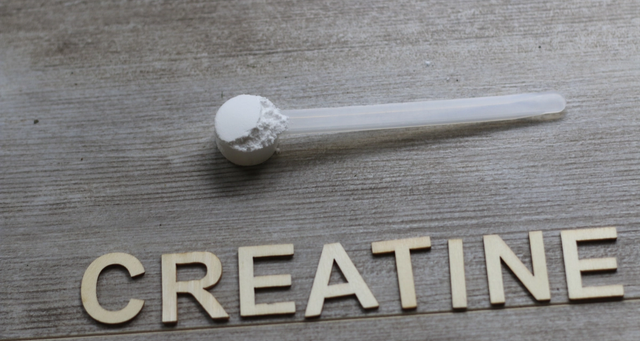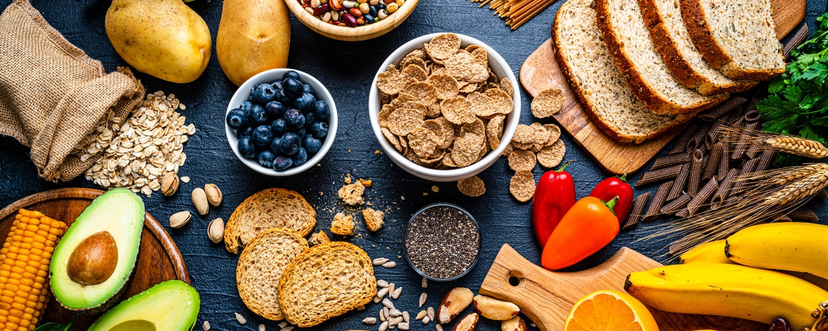The calves are a sensitive point for many folks. They can be difficult to build, sometimes remaining small despite your best efforts. While multiple factors affect your calf growth rate and the progress you’ll see, a handful of exercises can help you target those muscles and take the next steps toward building your calves.
Understanding the Muscles of the Calves
The calf muscle consists of two main muscles: the gastrocnemius and the soleus. The gastrocnemius is the largest of the two and incredibly powerful. It has two heads, stretching down the back of your leg to attach to your Achilles tendon.
The soleus, on the other hand, sits a tad deeper in your lower leg than the gastrocnemius, stretching down your lower leg to connect to your Achilles tendon. Both muscles work together to help you power off the ground to walk, run, and jump.
Factors That Affect Calf Growth
The calves are often a neglected area of the body, overshadowed by the shine of wing-like lats or killer biceps. Many people struggle to grow their calves, so they’re often forgotten, cast aside in favor of building the upper body. Various factors affect your growth rate in your calves, including your genetics, body weight, and training.
First and foremost, your genetics usually play a pivotal role in determining the kind of progress and growth you’ll see. Some folks simply don’t have great calf genetics, so growing killer calves is a struggle.
The second factor is your body weight. Lighter individuals may have smaller calves. Since your legs don’t have to support a substantial amount of weight, they may not be very large. Conversely, heavier individuals may have larger calves, as their legs carry more weight and need strong muscles to move around.
Lastly, your training plays a huge role in the size of your calves. If you don’t train your calves, you typically won’t see progress—it’s as simple as that. While walking around engages your calves, it’s usually not enough to see significant growth. To see progress, you’ll have to challenge your calves, and for many people, walking around isn’t enough resistance to see significant progress.
How to Grow Bigger Calves at Home: 5 Moves That Can Help
Growing your calves can be tricky, especially since everybody is different, and growth and progress may happen at different rates. However, there are a few exercises that can help you work toward your calf goals.
You don’t necessarily need to add all of these moves to one workout—they target the same muscles, some at different angles. Add three to four sets of two to three of these moves to your routine, focusing on a rep range between 8 and 12.
Try adding these moves to your routine:
1. Full-Range Calf Raises
Full-range calf raises are an excellent way to target the largest muscle of the calf: the gastrocnemius. They stretch and contract the muscle to the fullest, using an elevated platform to help you get full depth in the movement.
With these calf raises, you’ll stand on a plate or similarly raised surface. This way, you can sink lower into the movement, stretching your calf as you dip farther than you could on a flat surface. Start with your body weight, but if that’s too easy, you can add dumbbells to each hand for an extra challenge.
2. Duck Calf Raises
Duck calf raises are excellent for targeting the gastrocnemius and soleus, which promotes movement and stability in the ankle joint. The soleus muscle facilitates plantar flexion or the action of lifting the heel and contracting the calf.
Unlike regular calf raises, you’ll start these raises with your toes pointing outward, sort of like a duck’s feet (hence the name). Your heels should be an inch or two from each other—just enough room to raise up without knocking your heels on each other. You’ll complete the calf raise as usual, bringing the soleus muscle into the mix with a simple twist of your feet.

3. Pigeon Calf Raises
Pigeon calf raises hone in on the inside of your calf, targeting the inner portion of the gastrocnemius. These calf raises are the opposite of duck calf raises—instead of turning your toes out to stand like a duck, you’ll point them inward, sort of like a pigeon.
Your feet don’t need to be overly turned inward—a 45-degree angle should do. If you can’t turn your feet in comfortably, do the best you can and work on mobility in the meantime.
4. Lower-Range Calf Raises
While working the upper contraction of the calf muscles is great for calf raises, so is stretching the muscle to its fullest and contracting to raise back up. Lower-range calf raises are much like a bottom curl. Instead of going all the way up and down to achieve a full range of motion, you’ll stay in the lower half, challenging your muscles with a lesser range of motion.
Like full-range calf raises, you’ll need help from an elevated surface, like a step or plate. This will allow you to sink all the way into the bottom of the movement, stretching your calf to the fullest before contracting back up. Remember, you won’t contract all the way to the top. Instead, you’ll stop the movement halfway up, right around level with the top of the plate or step.
5. Band-Assisted Calf Flex
The band-assisted calf flex is a good alternative to standard calf raises. Unlike a typical calf raise, it doesn’t require you to stand up and hold your body weight, so it’s perfect for beginners.
In this move, you’ll sit on a mat with your legs out in front of you and your back straight. If you can’t comfortably sit upright, sit with your back against a wall. Wrap a resistance band around the balls of your feet and hold the ends tightly (it’s easier to do this with a resistance band that has handles).
Flex your feet toward you and then away from you, contracting and stretching your calves through the movement. Don’t let your knees bend or lift your feet off the floor.
Add Calf-Building Exercises to Your Workout Routine
Growing your calves can seem tough, especially if you’ve been working at it for a while and haven’t seen results. By adding a couple of well-rounded calf-building exercises that challenge your muscles to your routine, you can take the next steps toward achieving your calf goals. If you’re not sure how to grow your calves or haven’t seen progress despite your best efforts, chat with a personal trainer. They can offer more insight and help you craft a fitness routine that keeps your calf-building goals as a core focus.
Start your Svetness journey today
Get a free consultation and see how our trainers can transform your wellness journey.






